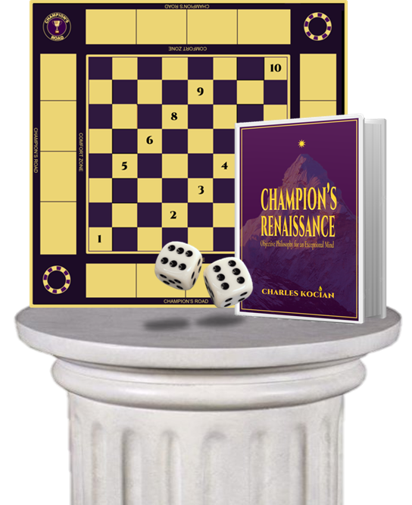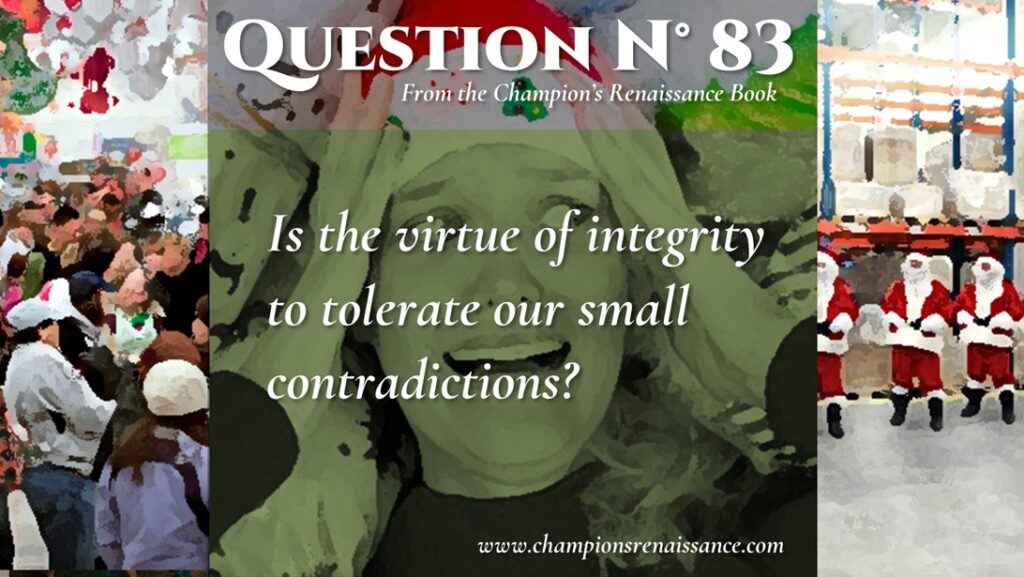
(Answer at the end).
CULT SUN
By Charles Kocian
While the culture of today’s consuming-society manifests Christmas in crazy shoppings, few understand its pagan origins much earlier of the Industrial Revolution. Indeed, the 25th of December is Winter solstice in the North hemisphere. It is the moment when days begin to grow announcing a new cycle of life has begun. Ancient people, especially after the Agricultural Revolution, observed the sun had a fundamental role to grow the crops. They celebrated the Winter solstice as an astronomical phenomenon and incorporated it to its culture inventing pagan stories to explain the rebirth of a new cycle of life. Until the Renaissance and short after, for instance in England, Christmas celebrations was feasting, drinking and carousing for a full 12 days between December 25 and January 6. It was a time, just as Romans did in Saturnalia, when the social order was turned on its head.
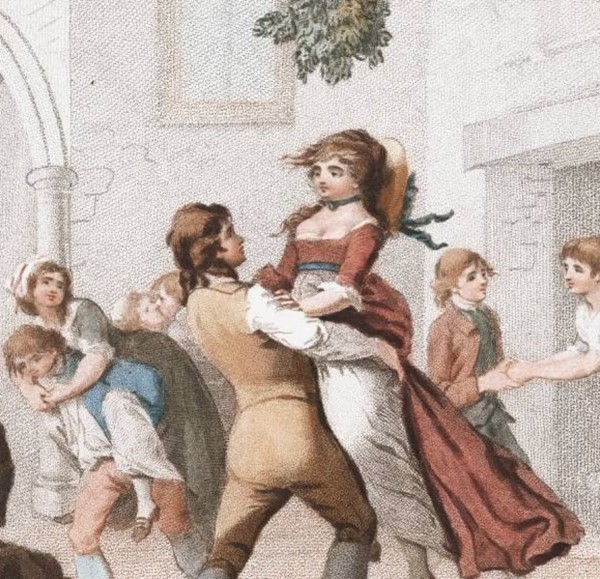
The Christmas Gambols by Edward Penny, 1796.
During the Renaissance people were still attached to the pagan celebrations but, because the Catholic Church was in charge, the pagan stories were gradually replaced by the mystical stories. Indeed, the birth of Jesus inspired many great artists of the Renaissance, from Botticelli to Caravaggio. But although Christ story had a connection to Roman State Religion and Saturnalia, a custom originated from ancient Greece, the story of Jesus was not directly connected to the sun and the crops. Instead of representing the sun who make crops to grow, Christ unified a mystical culture controlled by the Vatican.
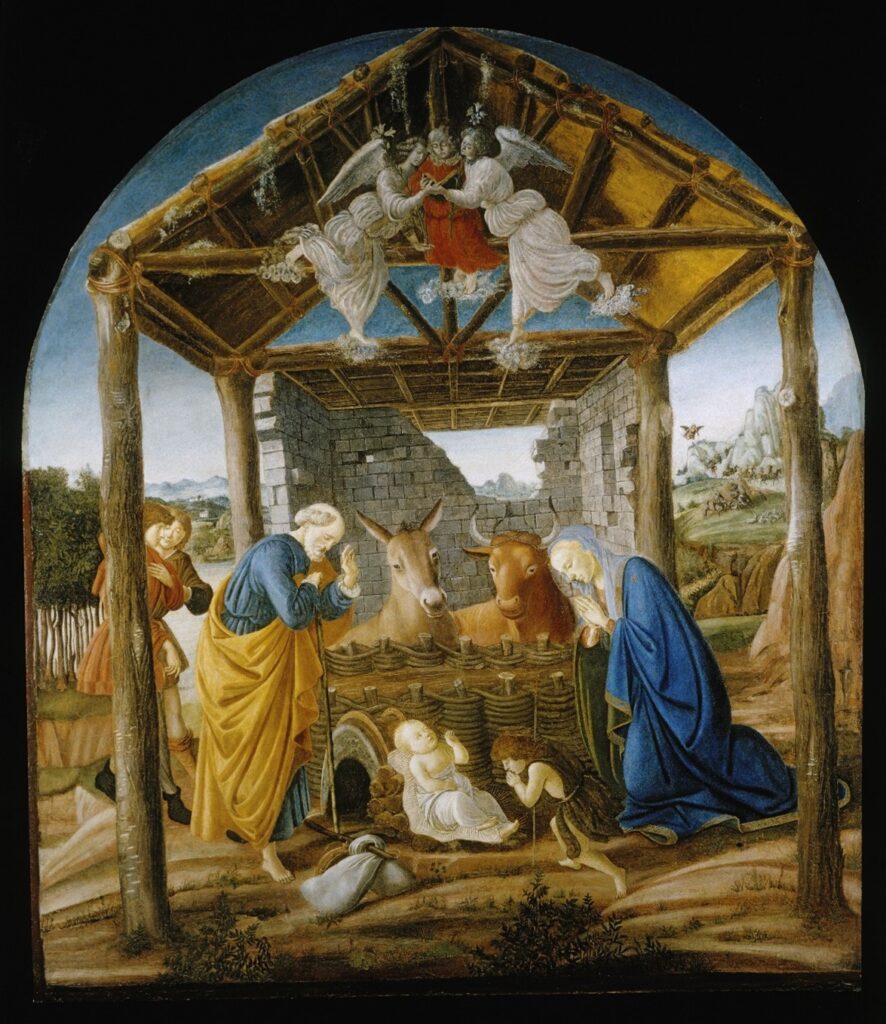
Sandro Botticelli, Nativity of Jesus, (1473-1475).
But the Winter solstice was celebrated in ancient Greece and much earlier, in the Bronze age, when Scandinavian culture met the Mediterranean culture. Big Phoenicians ships arrived with bronze objects from the Mediterranean to Scandinavia and departure back full of amber. Commerce allowed people to share different cultures and the different ways to celebrate the Winter solstice. Solar symbols were found in Scandinavia proving people of that region worship the Sun in almost identical ways with Greece and Egypt. The Ales Stones, a megalithic monument located in southern Sweden, is built with a rectangle and a circle aligned to the solstice in the same way as Stonehenge.
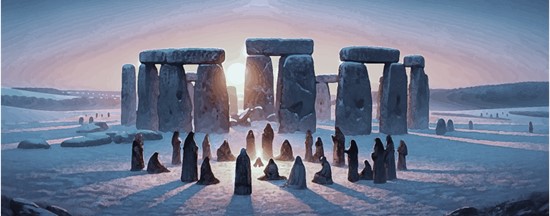
Winter solstice Stonehenge celebration.
CONCLUSION
Man’s progress through history derives from observing nature. Indeed, man’s observation, of the sun being the cause to make crops to grow, lead him to the Agricultural Revolution. It produced a culture who worship the sun and understood that the Winter solstice announced food and life to all the community. These pagan cultures invented stories to explain this astronomical phenomenon, connecting their cultures to the cycles of nature. By the way, “pagan” comes from the Latin “pagus” meaning forest and rustic places, so they worshiped the sun in the woods or the open fields. Pagan’s cultures were deeply connected to nature but it disappeared after Christianity and the Industrial Revolution. Our conclusion is that, compared to pagan celebrations, current Christmas ignores the Winter solstice proving that today’s culture don’t derive from natural premises but from erroneous mystic or consumer premises.
Now the answer to question 83.
QUESTION N° 83
Is the virtue of integrity to tolerate our small contradictions?
a) Yes
b) No
The answer is: b) No. The virtue of integrity does not tolerate contradictions between reality, perceptions, reason, emotions and actions, and it’s integrated to nature itself.
Leave your comments here.
